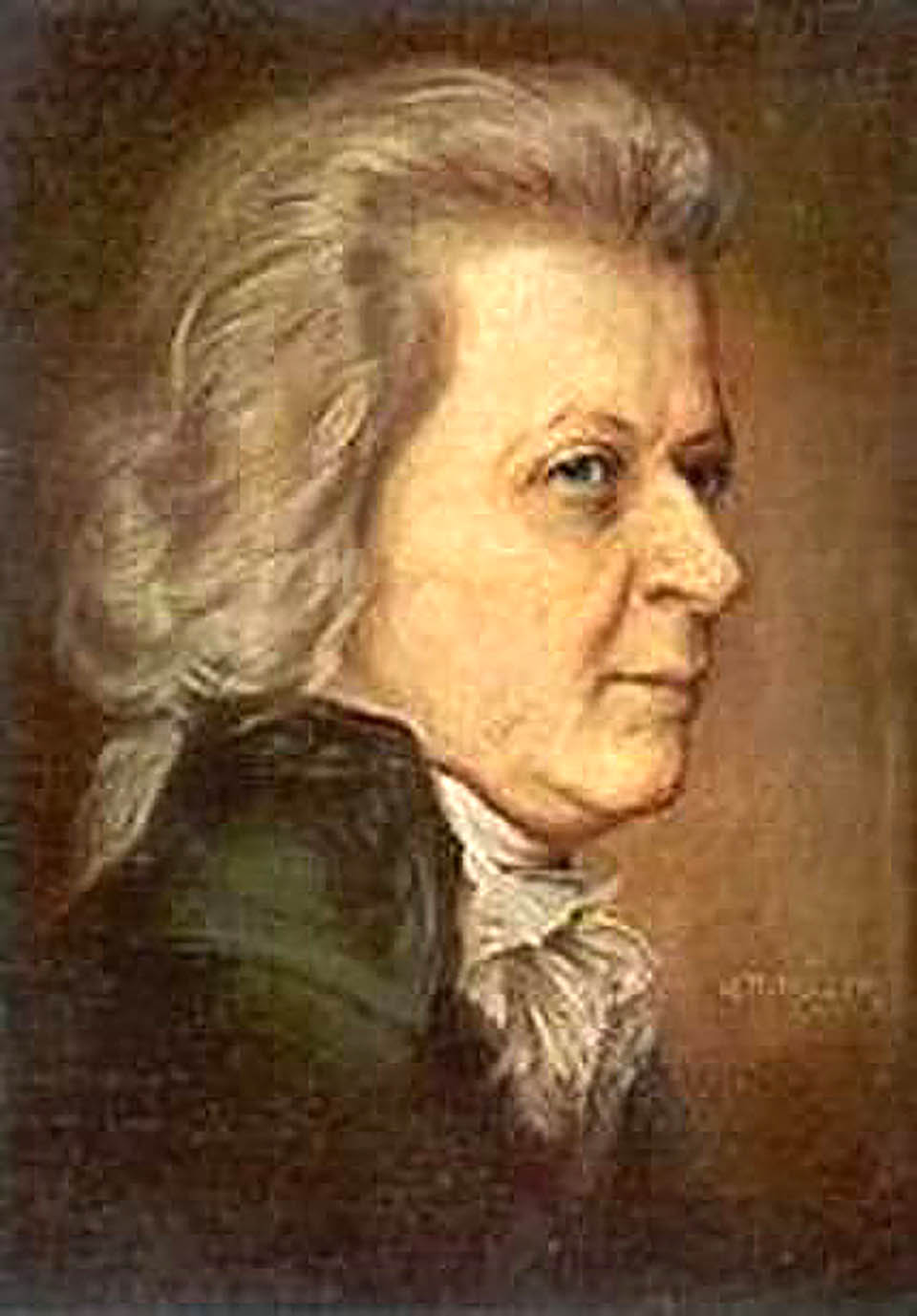
You probably know about basset hounds, especially if you are a dog-person. In case you’d forgotten (or possibly never knew) they are those elongated dogs with floppy ears, huge paws and unusually short legs. The word “basset” derives from a French composite word meaning “rather low” and refers to the dog’s low-slung appearance. Basset hounds always have a rather melancholy facial expression, perhaps on account of their short legs.
But have you heard of a basset horn? Well, it’s not actually a horn at all but a woodwind instrument. The word “basset” has the same meaning as in basset hound, because the basset horn is a kind of low-pitched clarinet. Some basset horns were built with an upturned metal bell, others with a bulb at the end like a snake-charmer’s pipe. Just to confuse the issue, there’s also an instrument known as the basset clarinet, which is longer than the standard clarinet and has a few extra notes at the lower end of its range. It’s pitched slightly higher than the basset horn. You have to be careful not to confuse the basset horn with the alto clarinet, because they look almost identical. And don’t mix up the basset clarinet with the bass clarinet which is different animal altogether. Yes, I know; clarinets can be a bit baffling.
People sometimes forget that the clarinet family didn’t exist before 1700. The first clarinets were developed by a Nuremberg instrument maker named Johann Christoph Denner. He based the instrument on a reed instrument known as the chalumeau (SHA-loo-moh). The Denner clarinet looked like a wooden tenor recorder with the addition of a reed mouthpiece plus a few keys and levers. The keywork gave the player access to a much wider range of notes. These early clarinets were made of boxwood and therefore brown rather than black, but they had far fewer keys and levers than modern instruments. Incidentally, the word chalumeau is still used today to describe the low register of the clarinet.
The basset horn and the basset clarinet emerged during the mid-18th century and for a time enjoyed enormous popularity. Mozart composed dozens of pieces for both the instruments. Mozart’s friend, Anton Stadler invented the basset clarinet with the help of instrument maker Theodor Lotz. They increased the lower range of the standard clarinet by adding an extension with additional keys and levers. Stadler was considered one of the finest woodwind players of the day and along with his brother Johann, played in the orchestra of the Viennese imperial court.
Mozart was among the first composers to write a clarinet concerto and this single work has become one of the most popular of its type in the repertoire. Except that it wasn’t written for a clarinet. If you’ve been paying attention, it will not come as a surprise to hear that the concerto was originally written for the basset clarinet. To be more precise, the one belonging to the aforementioned Anton Sadler. Mozart was much impressed with Stadler’s technical ability and instrumental tone and wrote several works with him in mind.
The popularity of the basset clarinet and the basset horn was short-lived. They virtually fell out of use after Stadler’s death and no original instruments from the period have survived. Mozart’s clarinet concerto was published a few years after the composer’s death and the publisher changed some of the lowest notes in the original solo part to render the work playable on a standard clarinet.
Wolfgang Amadeus Mozart (1756-1791): Clarinet Concerto in A major, K. 622. Robert Pickup (basset clarinet) Orchestra La Scintilla dir. Ada Pesch (Duration: 29:45; Video: 2160p HD)
Out of casual curiosity, I looked up “clarinet concerto” on Wikipedia. The first paragraph begins, “A clarinet concerto is a concerto for clarinet.” Well honestly, who would have guessed?
Most performances of this much-loved concerto are played on a modern orchestral clarinet. The reason is simply that basset clarinets are few and far between. You can still buy modern copies but few musicians do because there is so little surviving music available. And apart from that, they don’t come cheap.
In this superb performance, soloist Robert Pickup uses a modern copy of Anton Stadler’s curious-looking basset clarinet, the instrument for which the concerto was written. Compared to the standard clarinet it has a richer, more sonorous tone especially in the dark and sombre low register. But what a sound! Robert Pickup plays with a blazingly bright tone colour and breath-taking articulation in the fast movements. His lyrical, singing tone in the slow movement is beautifully expressive. The concerto uses a small orchestra of two flutes, two bassoons, two horns and strings. Unusually, there is no extended cadenza for the soloist and often the basset clarinet plays an accompaniment role to the strings with brilliant arpeggios.
As you’d expect, the work is cast in three movements and follows the standard format of a late 18th century concerto: a central slow movement framed by two faster outer movements. It was written in a remarkably short time, partly because Mozart worked quickly and partly because the first 199 bars of the work are taken note-for-note from an abandoned basset horn concerto that he’d written some years earlier. Even so, this is remarkably sublime and expressive music filled with wonderful lyrical melodies, as well as subtle hints of foreboding and melancholy. It’s been described as Mozart’s swan-song and it was his last great completed work. He finished it in early October 1791, only a few weeks before his untimely death at the age of thirty-five.





